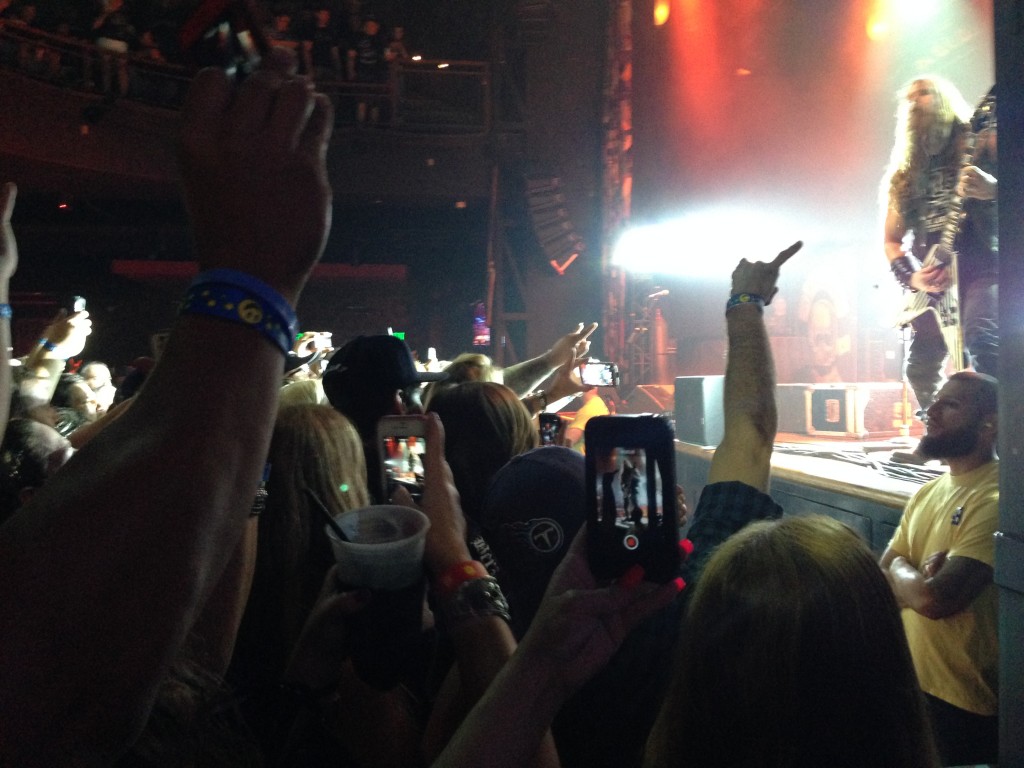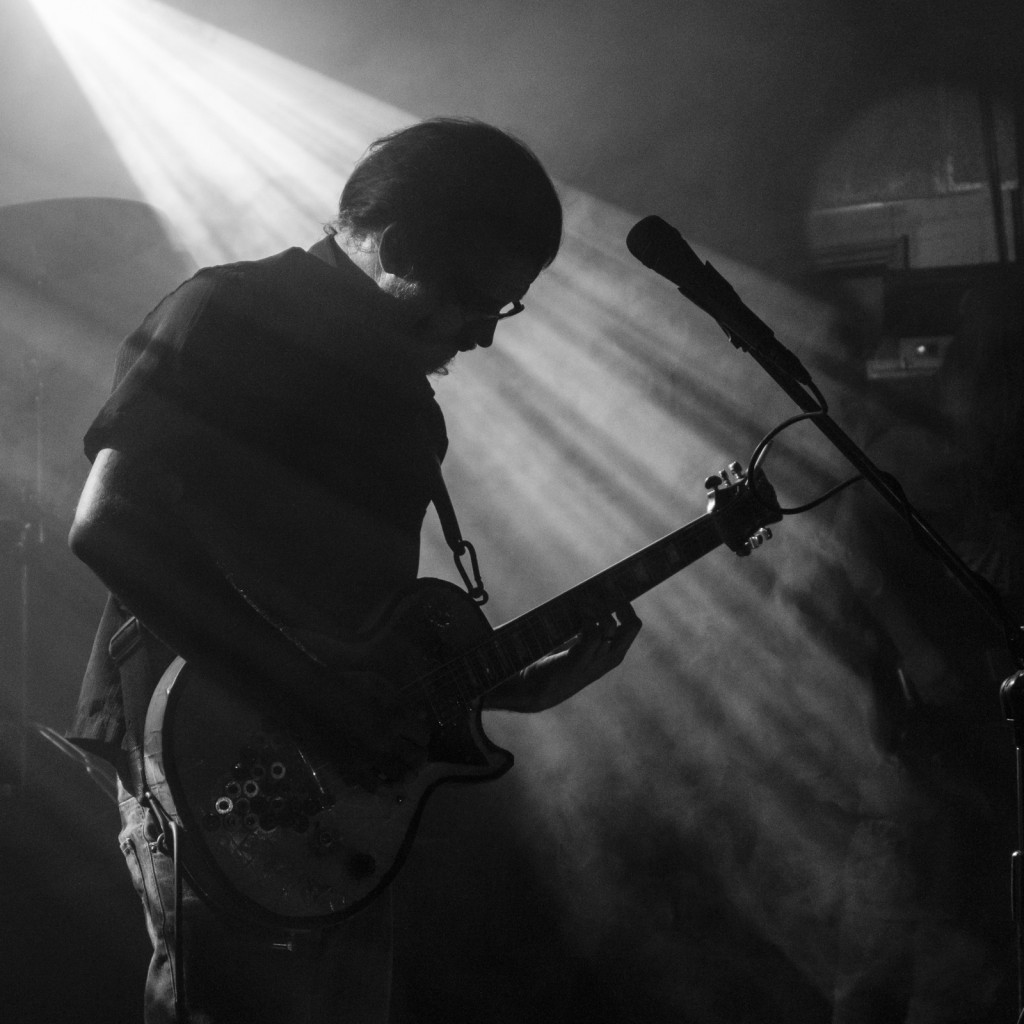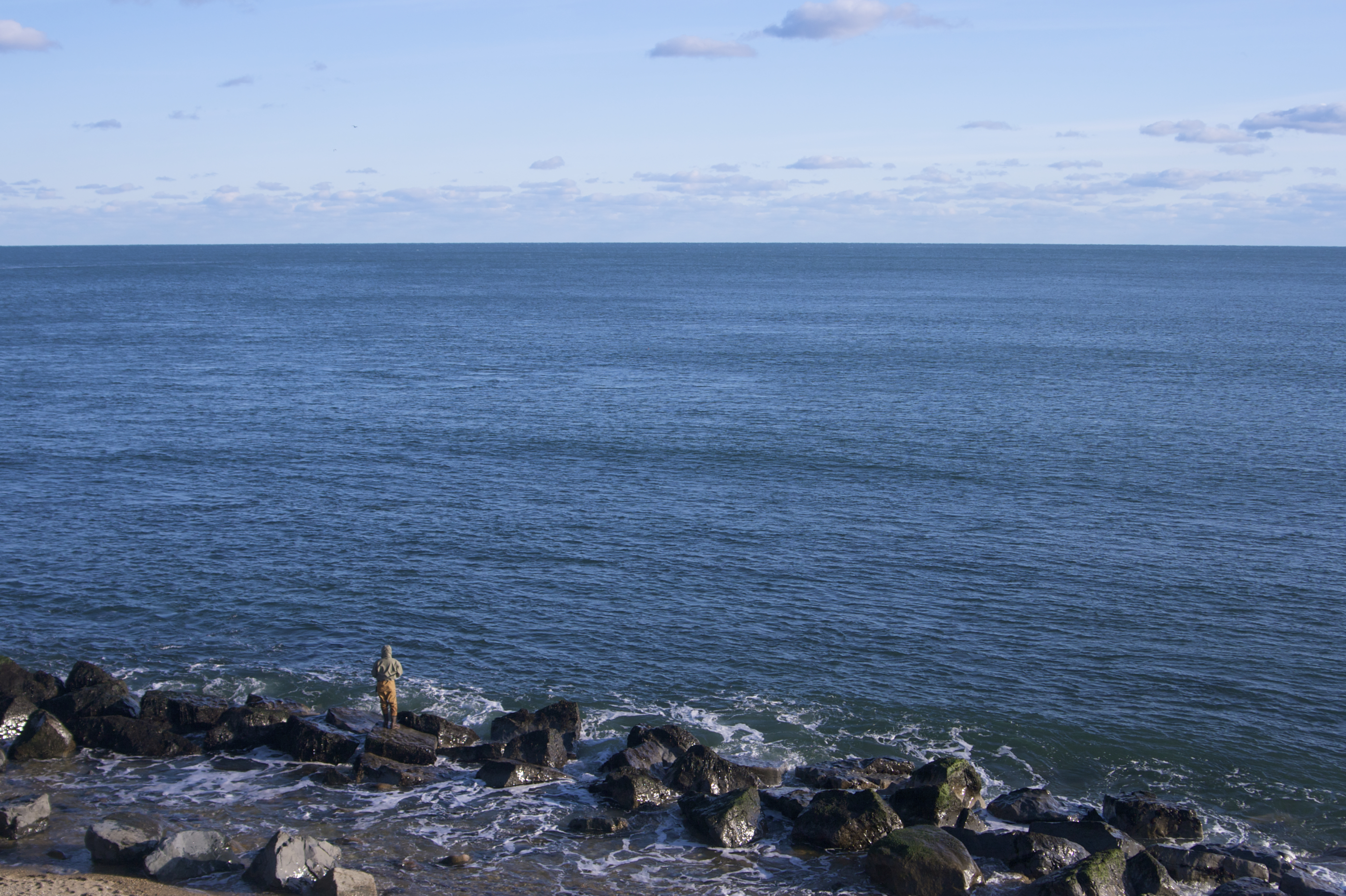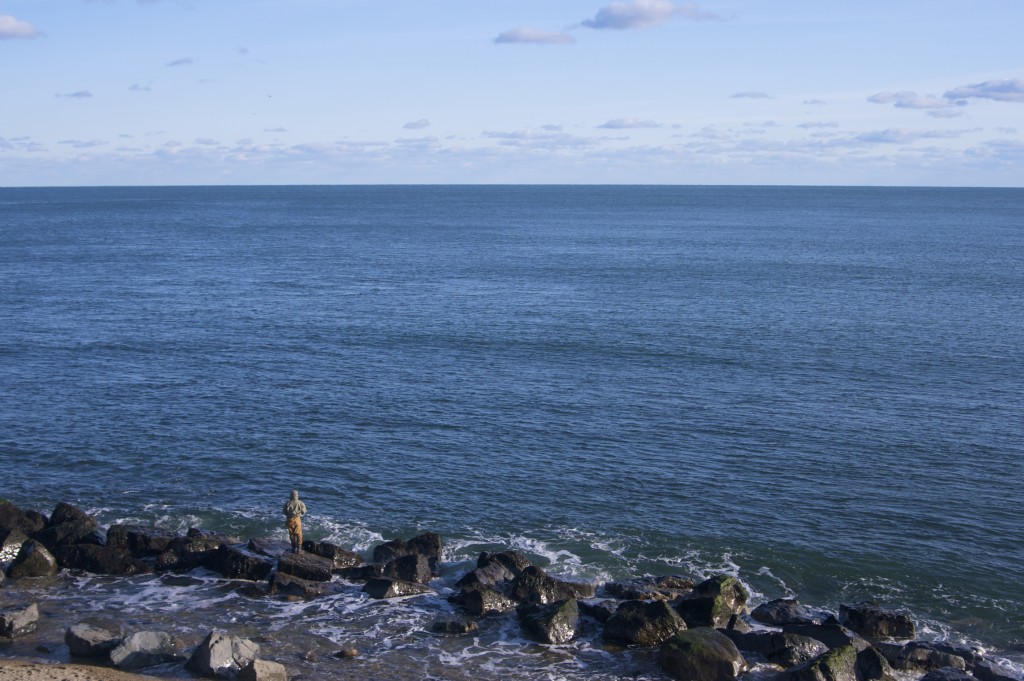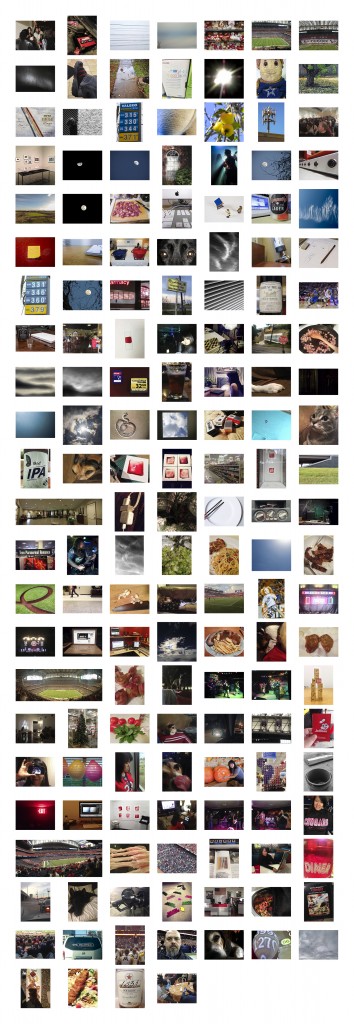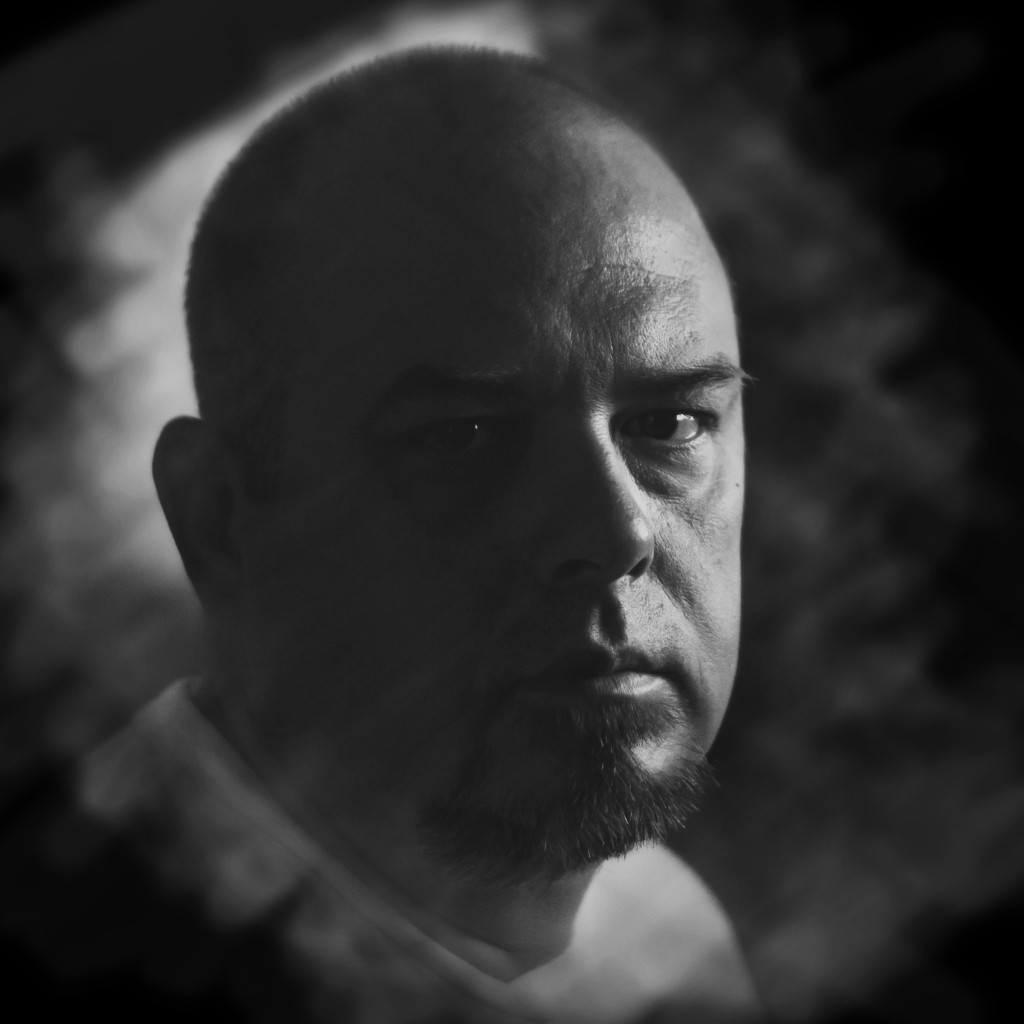The photography world and the local Houston music scene lost a member. Maurice Eagle had been battling colon cancer and succumbed to it on the morning of 23 March 2017. After having moved from Austin to Houston, Maurice brought a unique perspective to photographing bars.
When I first saw Maurice, it was just about a year ago at a show at Acadia (I believe it was Ten Ton Hammer). He had with him a unique setup – it was his camera (with what appeared to be a super wide angle lens) and 2 external flashes mounted on a wooden plank. I thought this was unusual so I decided to ask him about it. After he introduced himself, I immediately saw the reasons for his setup. I had been looking at his work on and off for a while. During our conversation, he took care to mention several times that he was NOT a concert photographer, but that he was a bar photographer and there is a difference. I didn’t press him on that point, but I understood that approach when looking at his images.
Whenever I see another photographer at a show, there is always a sense of competition. There is the obvious – will he or she get a better moment than I? Will this person be able to capture more quality images than I can? Why won’t they move from that spot because I would like some from that angle as well? But those are in the moment, when I’m trying to realize my own vision and there’s someone else honing in to try to satisfy theirs. After the set is over, that sense is gone and we move on to the next. But there is also that sense of competition when I’m looking at other concert work, and it is competition with myself. When I see high quality work, I ask how I can push myself to up my own output. After that first conversation with Maurice, the more banal sense of competition was quickly dispelled when he told me he was a bar photographer. His work inspired me to push myself even further, and was one of the prompts for my experimentation with color photography as discussed here.
That’s not to say I was going to try to copy his style. Maurice’s style was pretty unique and incorporated things with which I don’t care to work. These things include HDR processing and highly saturated colors. I’ve experimented with those elements in the past and it just doesn’t work for me. When they’re done well, they can really look good, and Maurice certainly did these things very well. In the above photo of Beyond Oblivion, the selection here (because photography is a selective process) illustrates why he did this well. The saturation of the colors doesn’t assault one’s vision in the way many HDR processing saturations do. This is due to the fact that the image has an analogous color scheme (green – blue – blue violet – violet), which not only is pleasing to the eye, it creates harmony and serenity. The HDR processing created the contrasts necessary for this work. Overall, the colors juxtapose nicely with the subject, which at the time was delivering an all out sonic assault. The venue’s logo, although partially obscured, does still have a prominent place, letting us know where there was taken.
Here is another example of Maurice’s touch. Here he selected an image with complementary colors (a tinted blue and a shaded orange). The orange around the subjects stands out nicely against the blue light, framing the mostly black-clad performers. Again, the venue logo is obscured, but still occupies a prominent space in the frame so as to be unmistakable.
I did not talk about Maurice’s use of a super wide lens in this as it is not something on which I can comment in an intelligent manner. I’ve only used my super wide for landscape images, never for a concert performance. That stems mostly from the fact that when one gets close, the edges tend to distort. I’m a precisionist by nature when I make images, and it’s hard for me to break that habit sometimes. I’ve seen some concert photographers use it at shows as it creates a chaotic effect, especially when the performers and crowd are both in the frame. Since Maurice was a bar photographer, I imagine creating that sense of chaos wasn’t his intent. Sadly, I can only speculate that since his goal was to capture 1 single image that encompassed the whole of the stage, he had no choice but to use this type of lens.
Here is another example of Maurice’s mastery of color use – this time with a split-complementary scheme dominating the scene.
Although Maurice’s style is radically (for lack of a better term) different than mine, he still inspired me. He had a unique style and he worked it perfection. While I have a preferred style, I never pushed it to the same the level Maurice pushed his. Now I am in competition with myself to push my style even further and create great images for my friends in the local Houston metal community.
I only got to meet you once, Maurice, but that meeting was something I wouldn’t trade for anything. The only way I can thank you for your inspiration is to push my own style. You’ve earned your immortality, good sir, and I hope when we meet again we can share some good stories about shooting some great shows. Rest In Peace, friend.
You can view Maurice’s work on his Facebook page by clicking here.
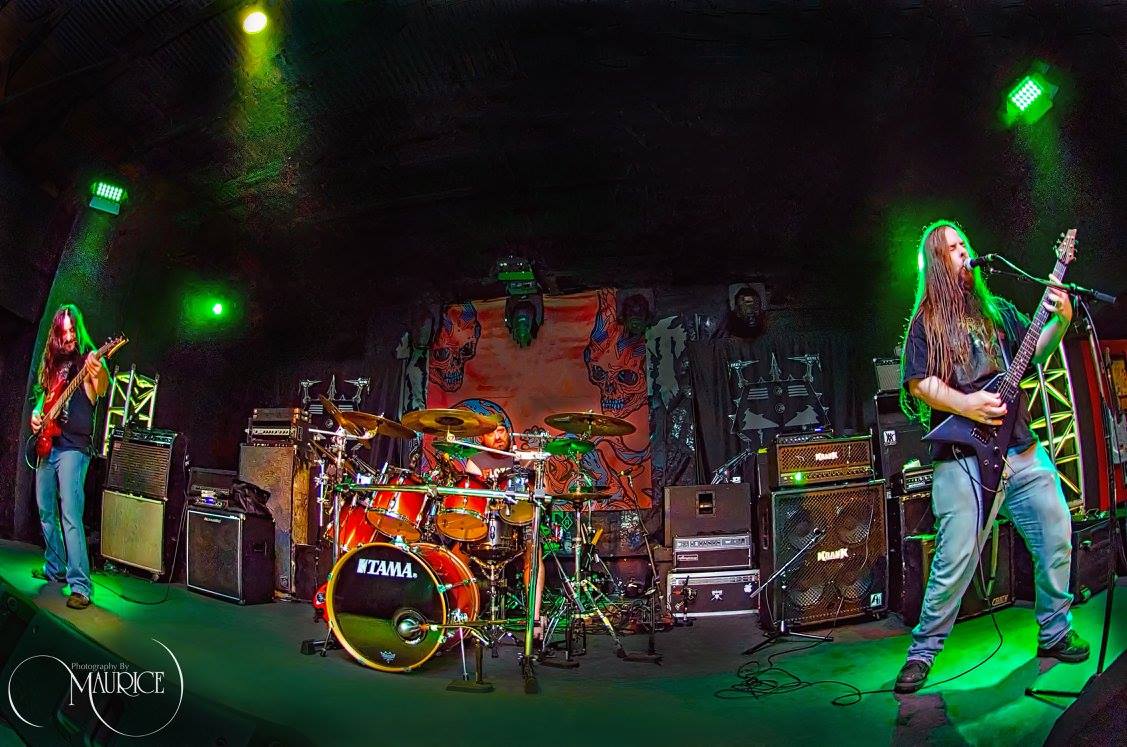
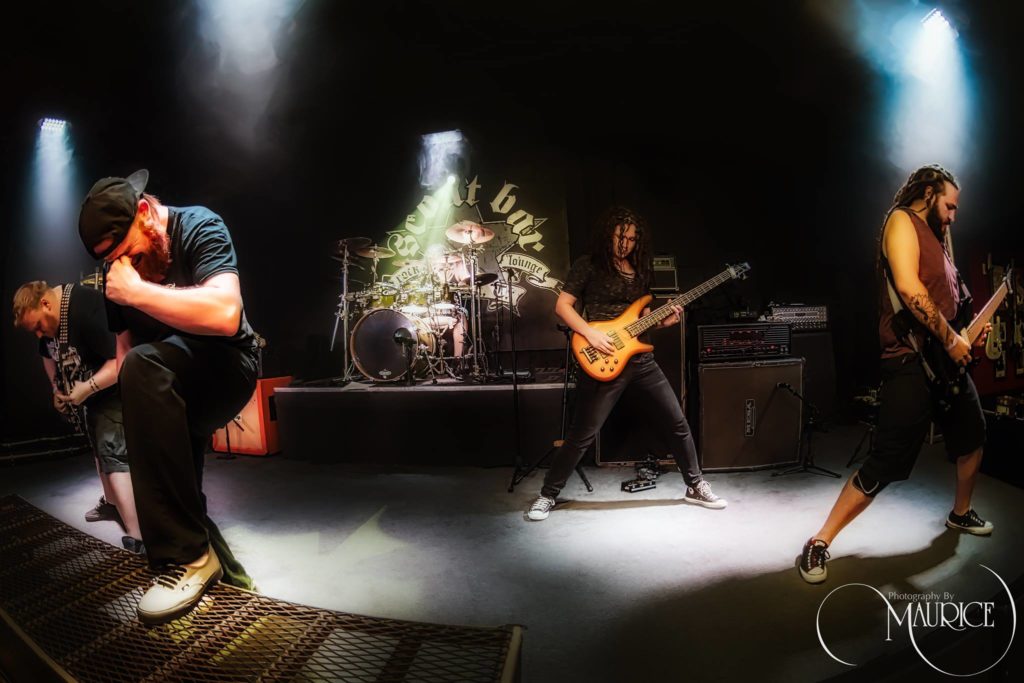
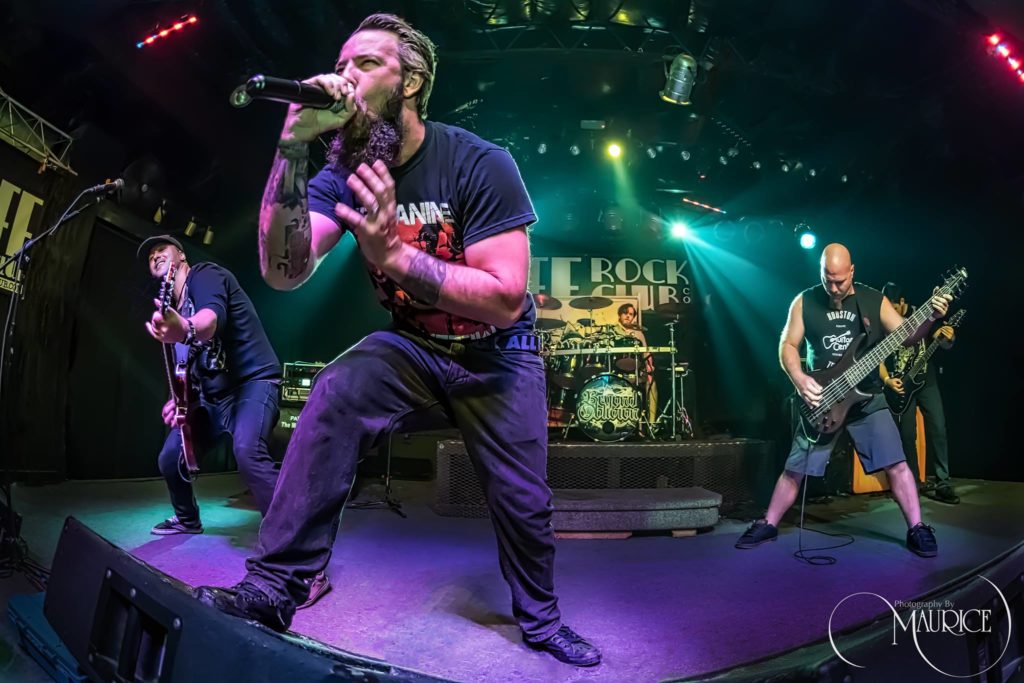
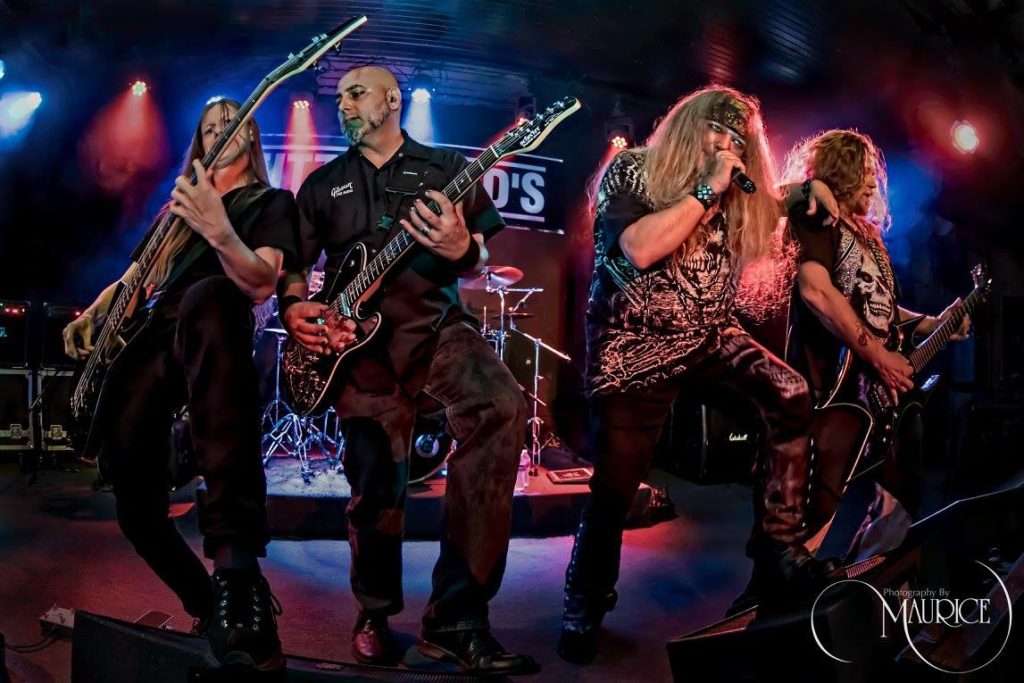
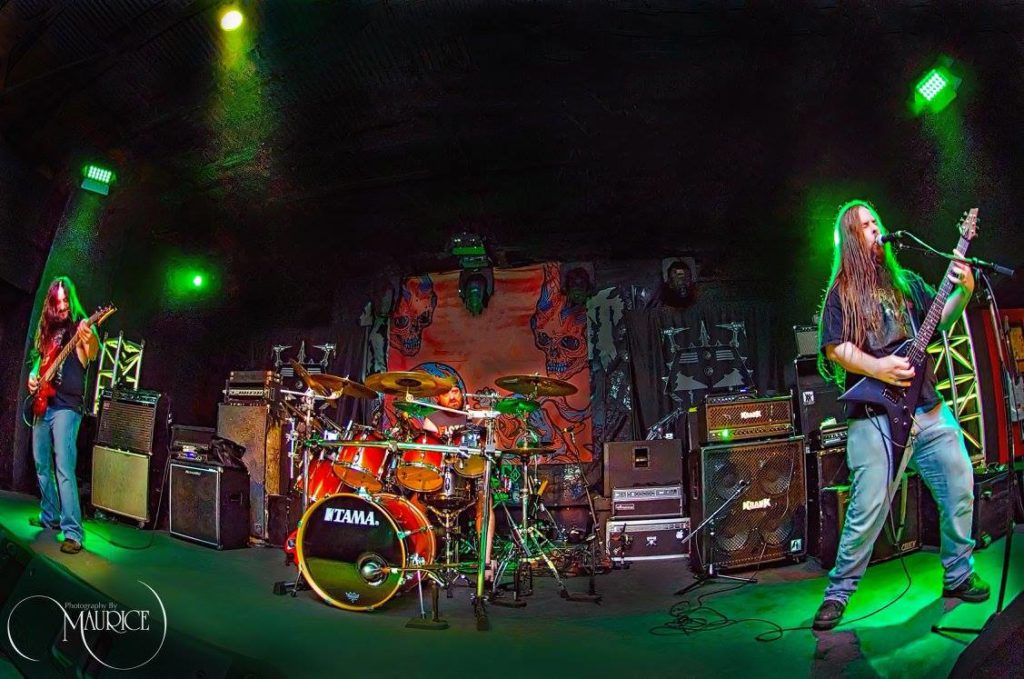





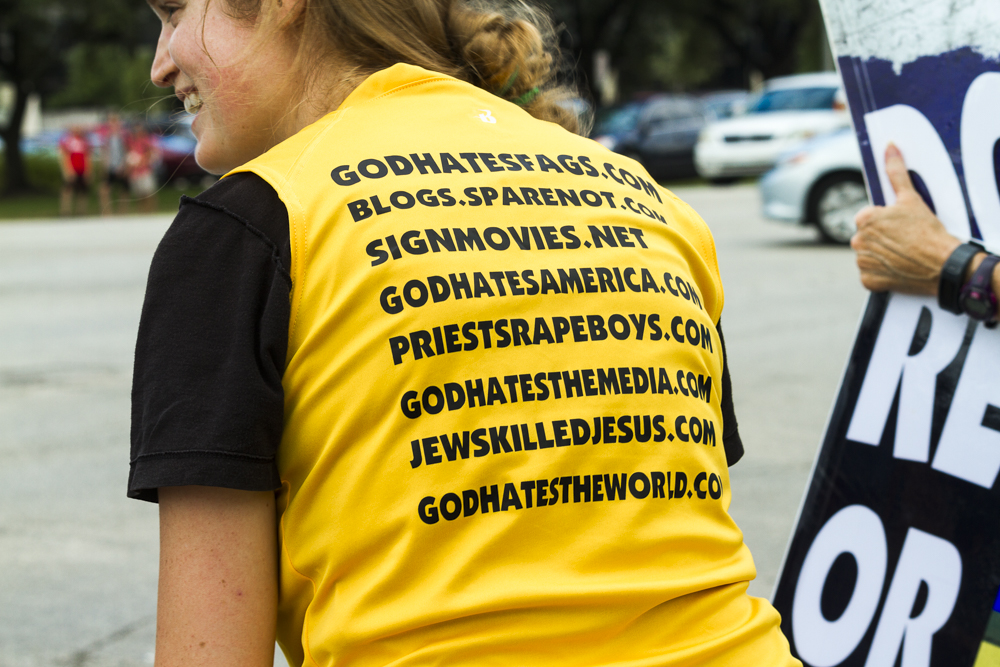
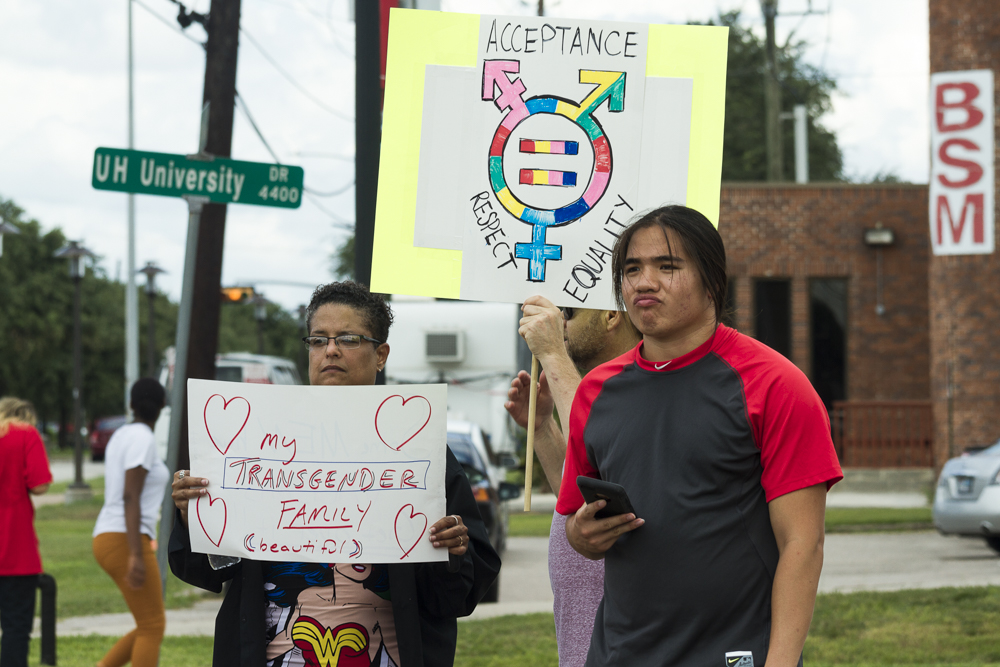

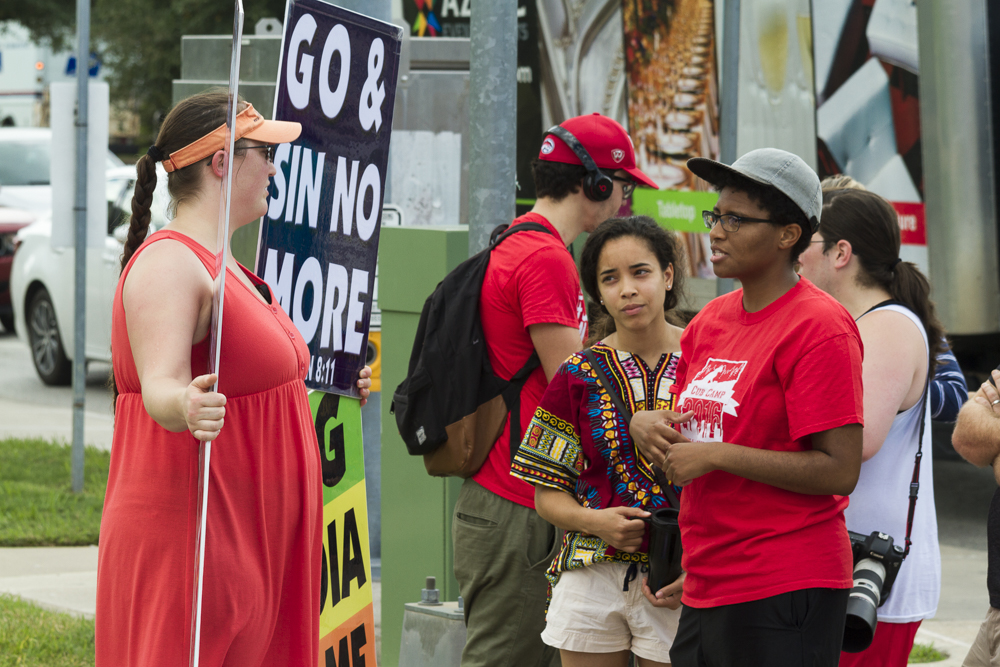

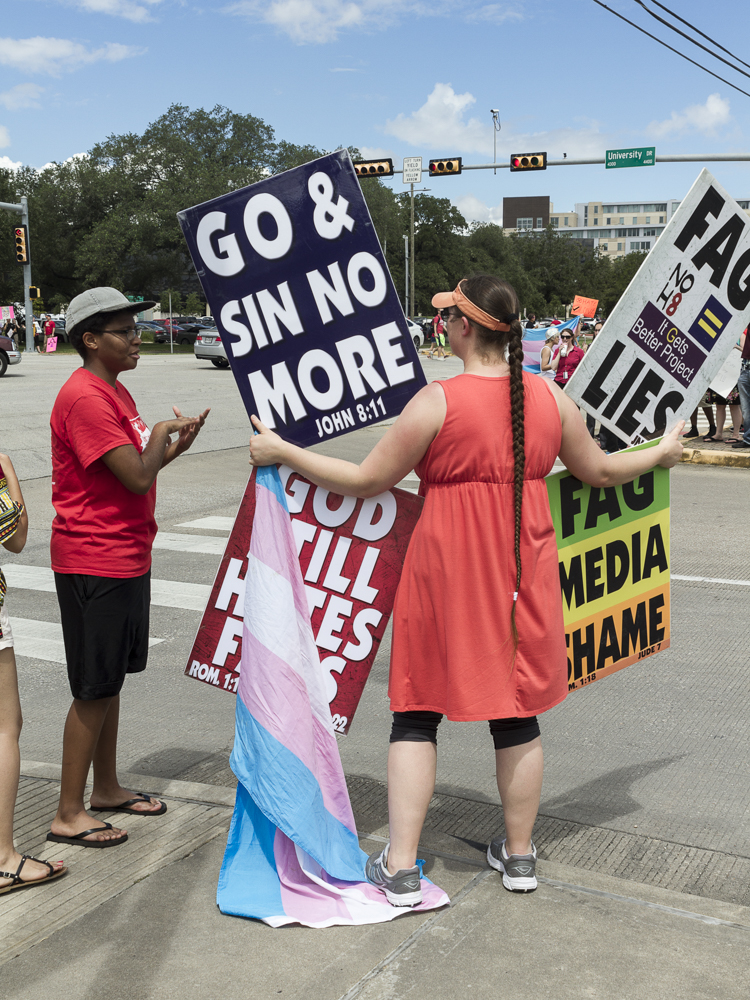



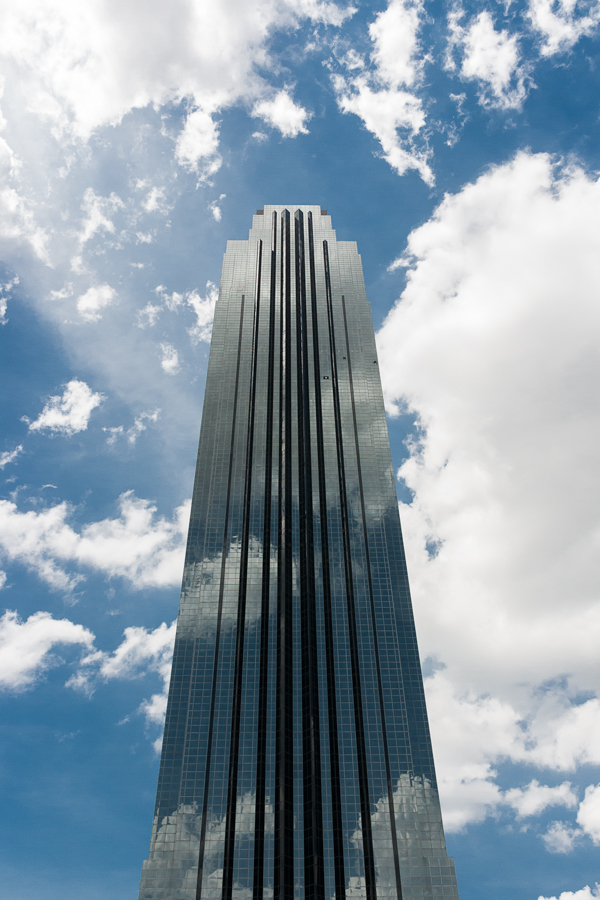


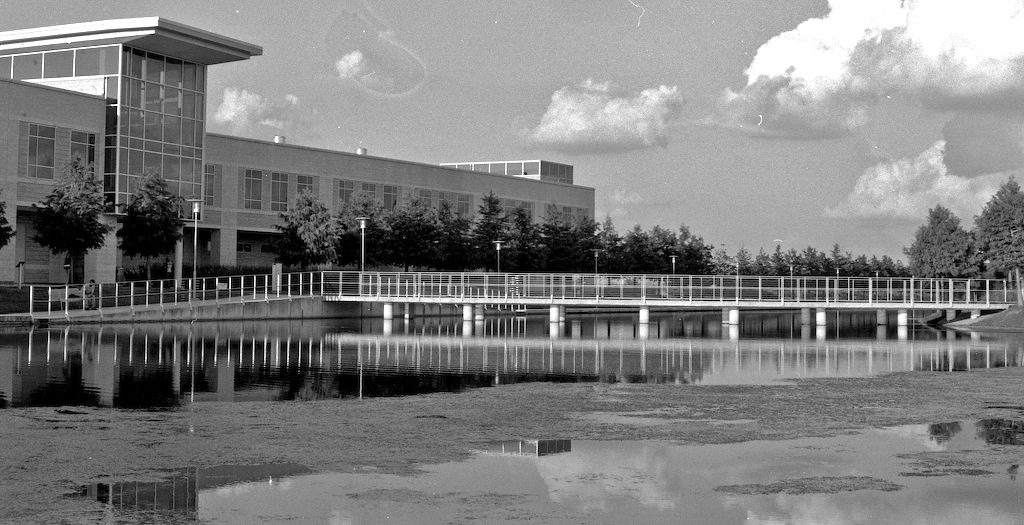
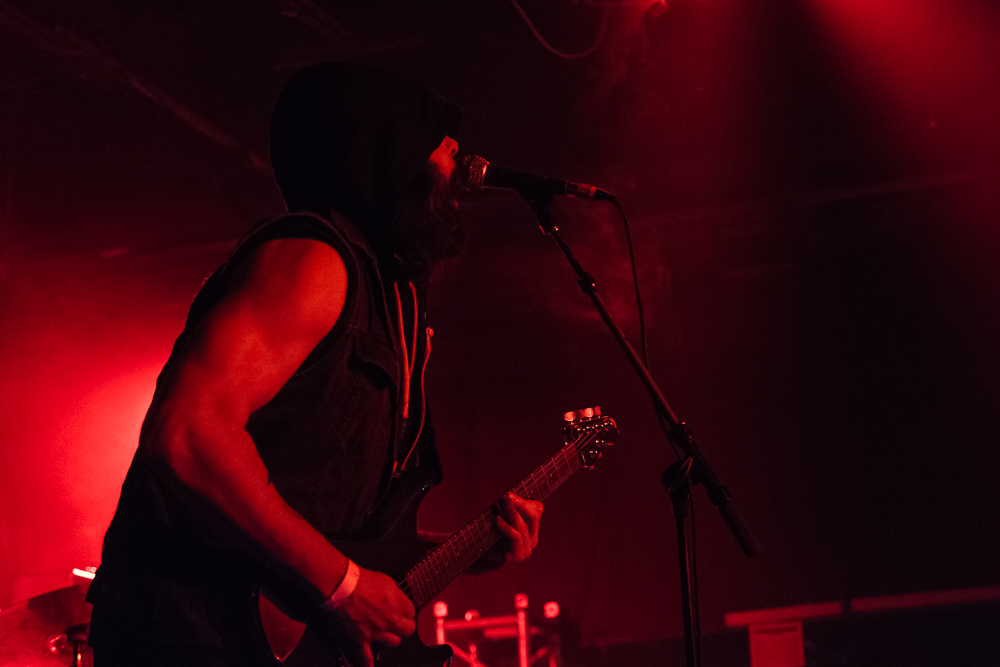
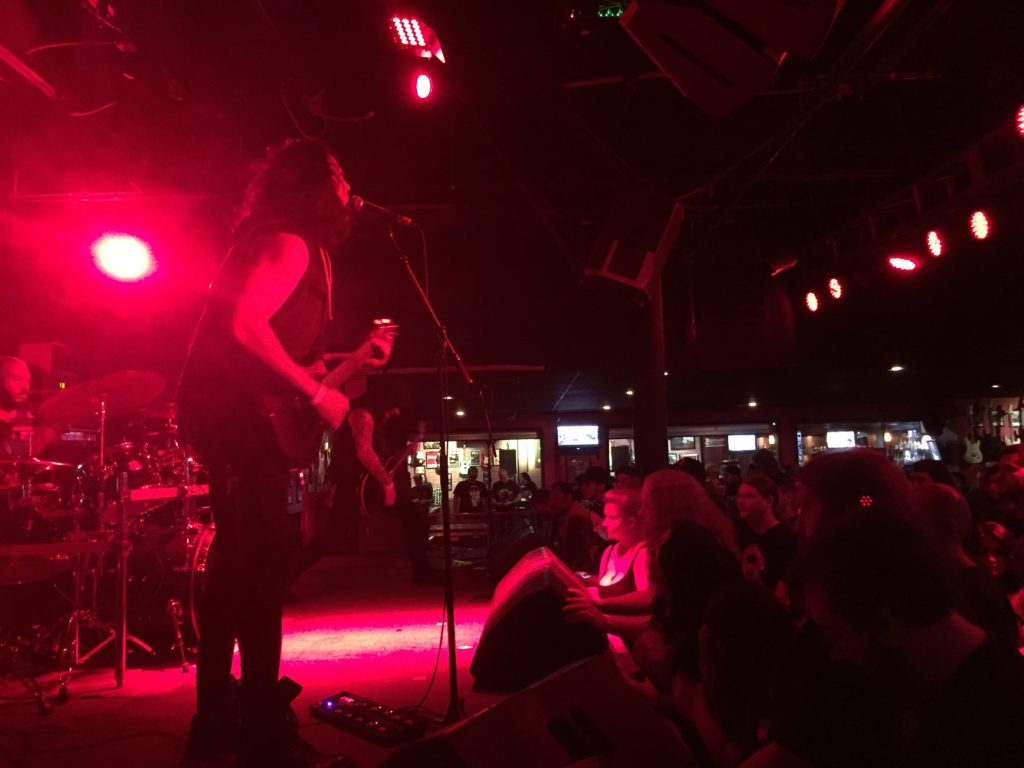
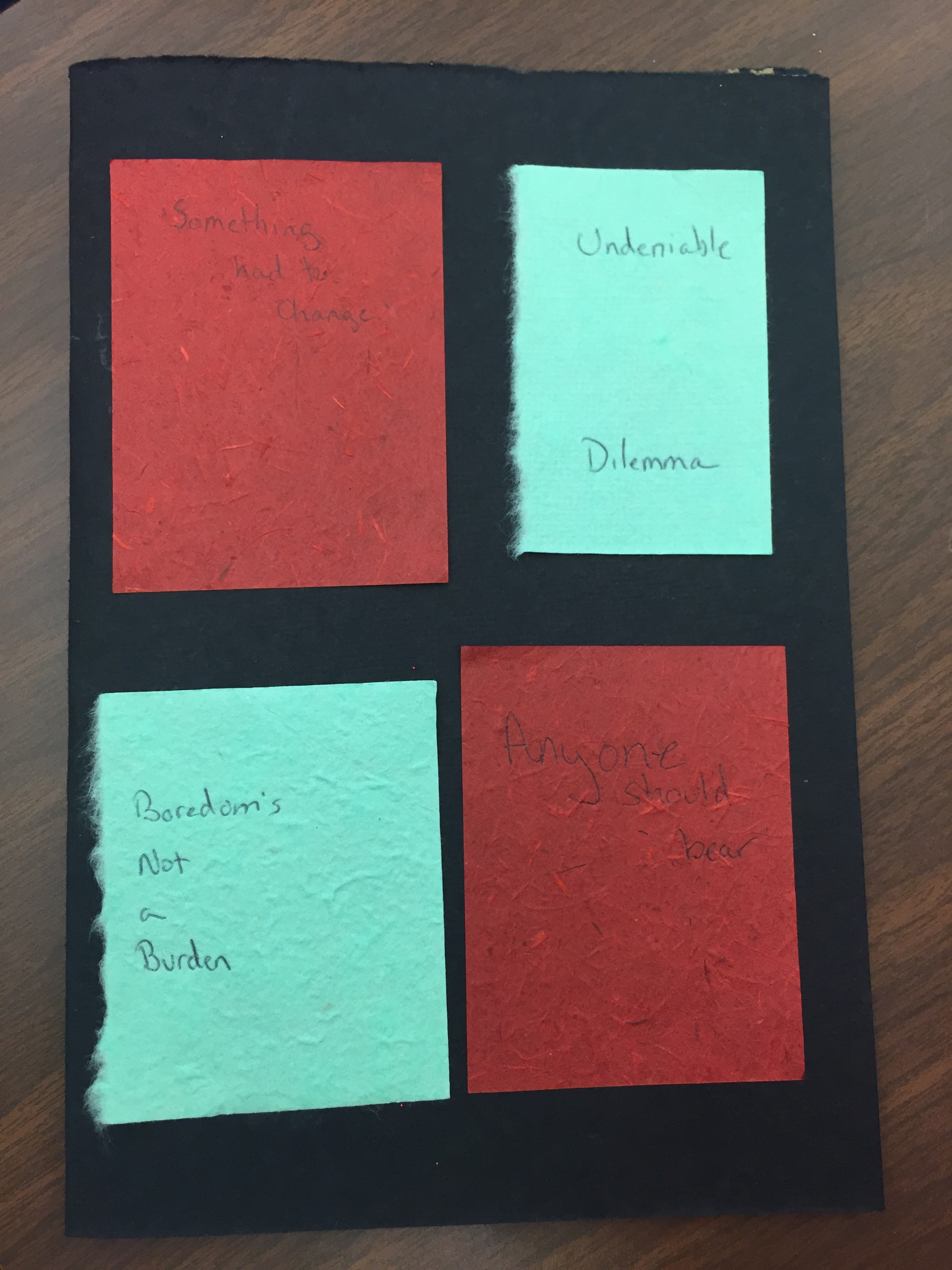
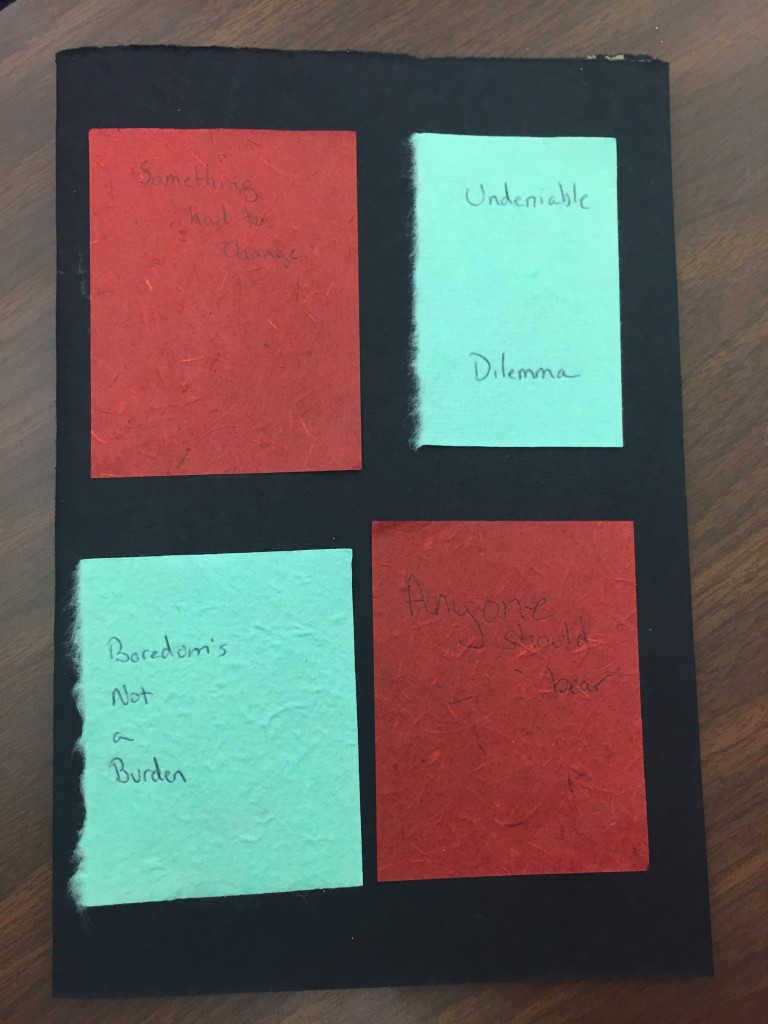

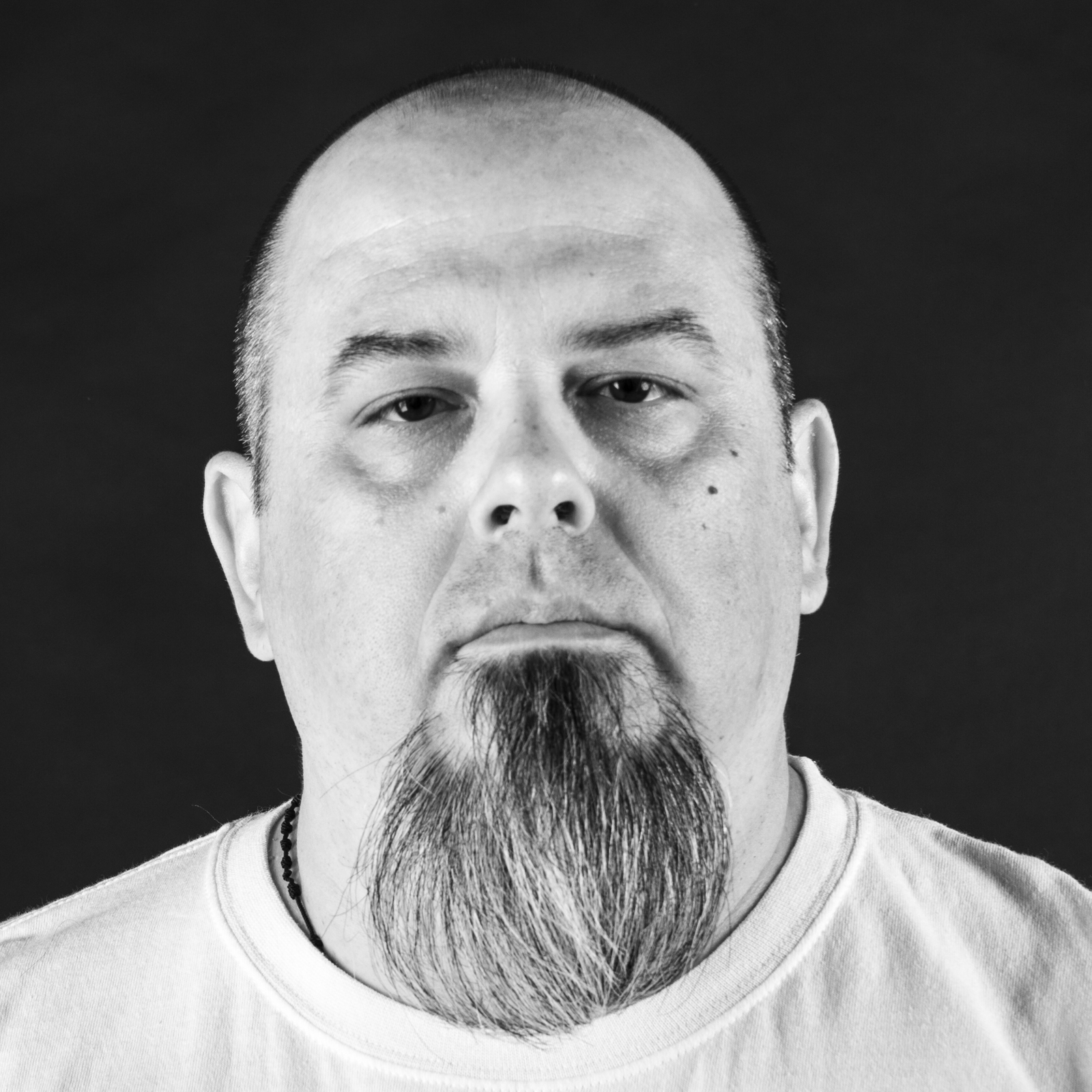
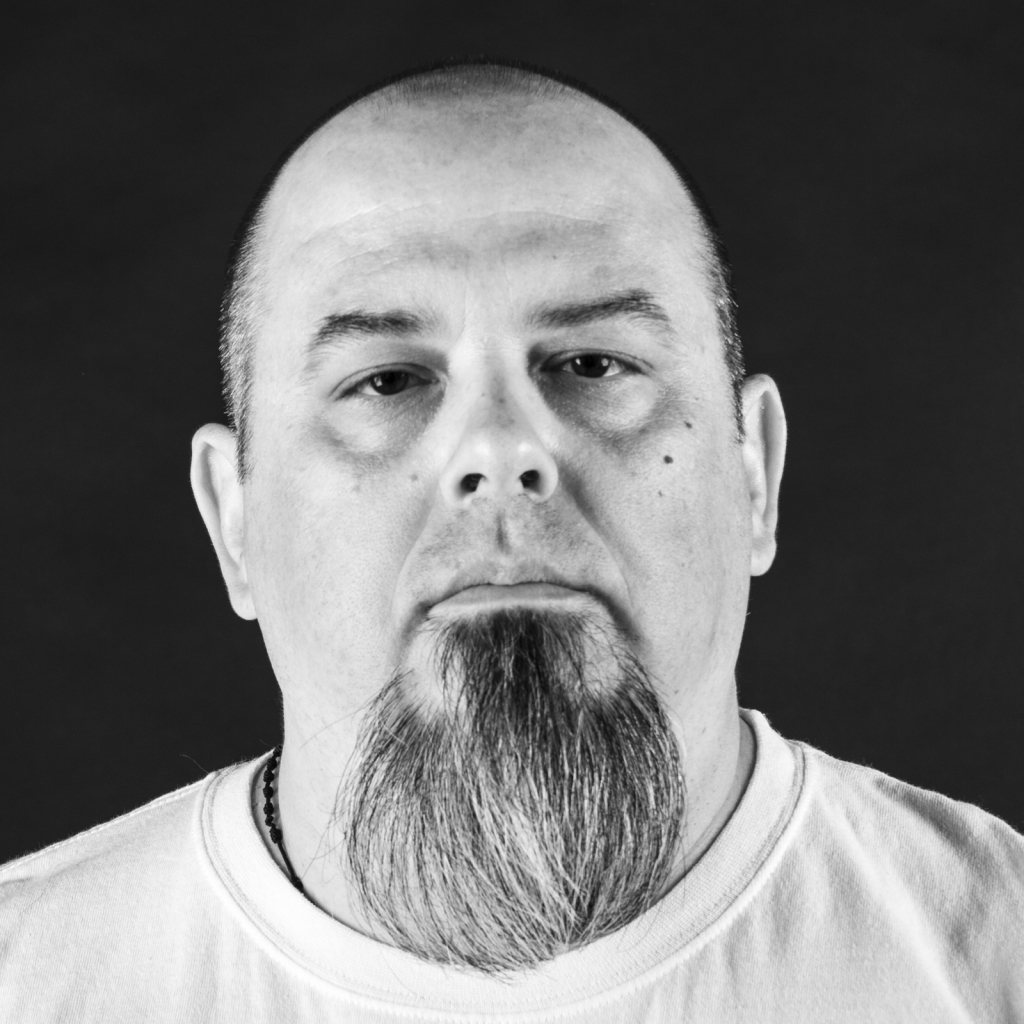
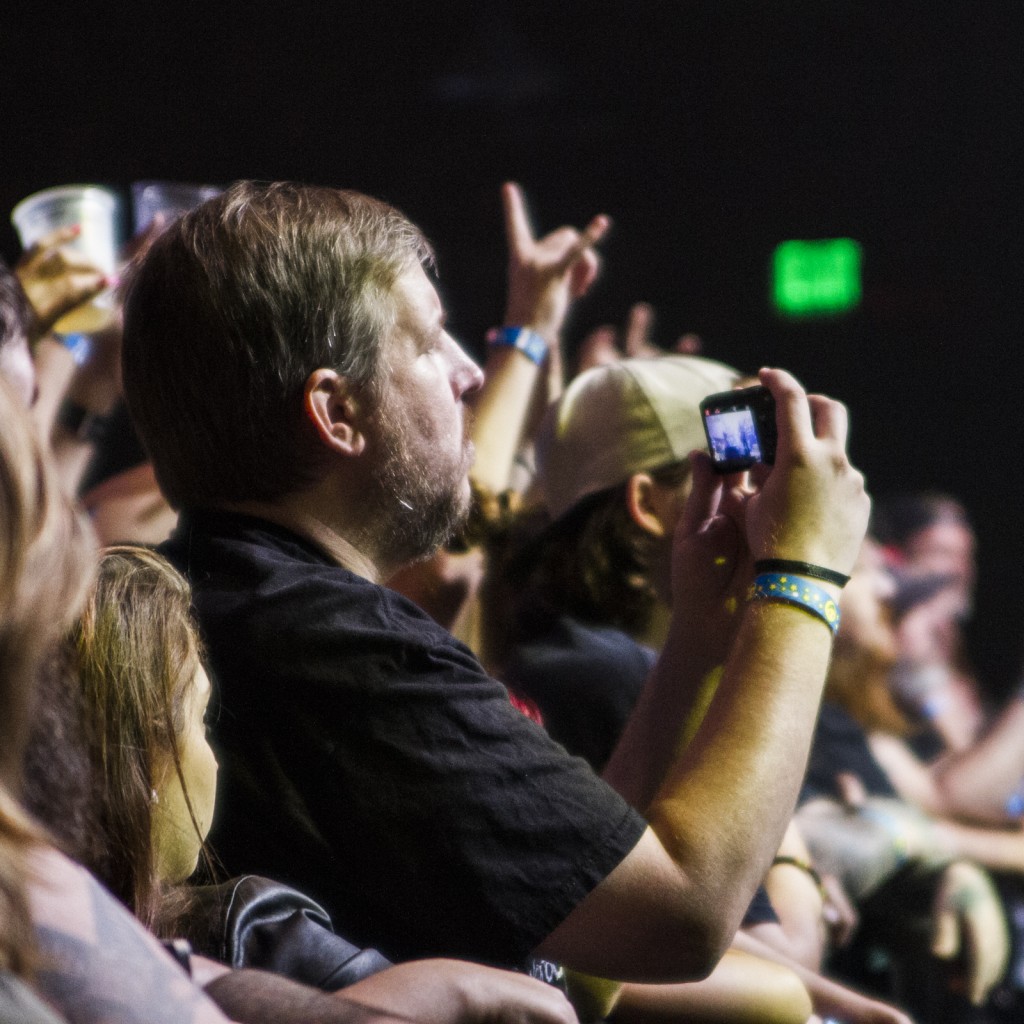 I observed this gentleman for a few minutes during the second artist’s performance. He was watching, and I can safely assume recording, the entire show through his point and shoot camera. I found myself astonished that this man paid hard earned money only to come in and record the show on his camera. He wasn’t in the moment at all. I also wonder how his memory is shaped now that he really didn’t take in the experience of the live musical performance – he only documented it – and how much different it would be if he had put the camera away. He recorded the rest of the show as well, watching the entire thing through the 2.5 inch screen on his camera.
I observed this gentleman for a few minutes during the second artist’s performance. He was watching, and I can safely assume recording, the entire show through his point and shoot camera. I found myself astonished that this man paid hard earned money only to come in and record the show on his camera. He wasn’t in the moment at all. I also wonder how his memory is shaped now that he really didn’t take in the experience of the live musical performance – he only documented it – and how much different it would be if he had put the camera away. He recorded the rest of the show as well, watching the entire thing through the 2.5 inch screen on his camera.